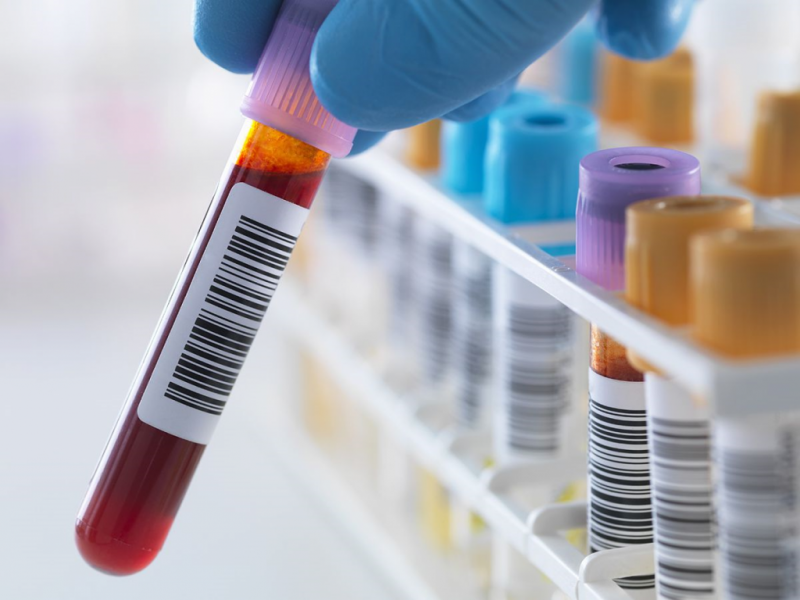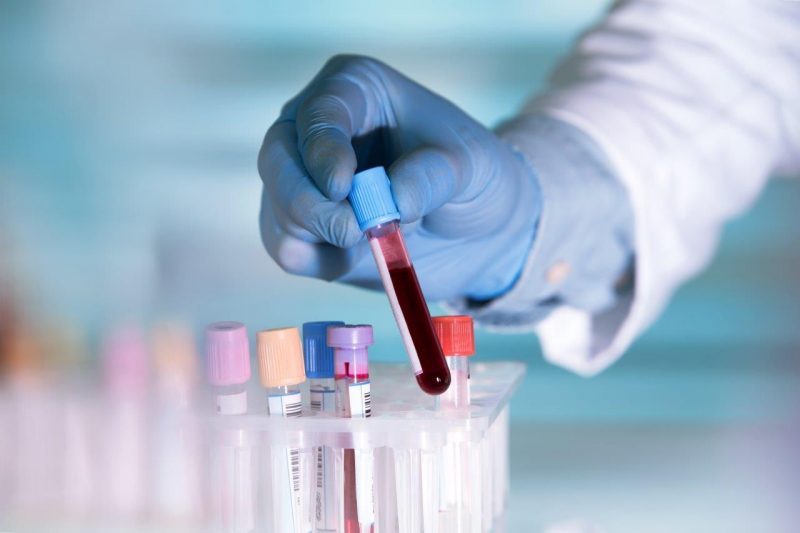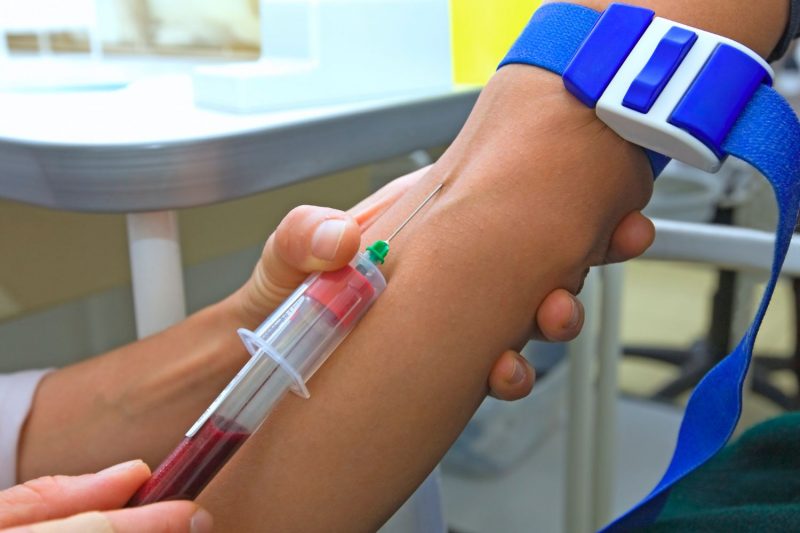Studying the results of diagnostic studies, doctors insist on a thorough examination of those patients who have an increased atherogenic coefficient. What is it, it is important to know to everyone who is not indifferent to their health, because this indicator is directly related to the state of the cardiovascular system.
Material Content:
Atherogenic coefficient - what is it?
Cholesterol is considered to be the worst enemy of human health, although not every patient can explain why. In fact, everything is not so clear.
The bulk of a fat-like substance called cholesterol is produced by the body because it is an important component of many vital physiological processes. And only a small part of the substance (20%) enters the body from the outside - along with the foods used.

Complex compounds of cholesterol and proteins that transport the substance differ in type and density. High density lipoproteins are called good cholesterol due to its anti-atherogenic properties.
Low density lipoproteins are known as bad cholesterol - its ability to settle on the walls of blood vessels in the form of plaques is considered a factor that provokes the development of cardiovascular diseases.
The ratio between the amount of bad and good cholesterol is called atherogenicity. Accordingly, the atherogenic coefficient is an indicator that determines the quality of lipid-fat metabolism and the potential tendency of the body to increase cholesterol.
If the balance between bad and good cholesterol is disturbed, a person has a predisposition to the appearance of atherosclerosis - a pathological condition in which arteries are affected and coronary heart disease develops.
Indications for analysis
To determine the atherogenicity coefficient, a special formula is used, with which the amount of different types of lipoproteins in the blood is determined, and then the ratio between them is calculated.
For this, a value characterizing the amount of high density lipoproteins is subtracted from the total amount of cholesterol in order to find out the amount of low density lipoproteins. Then, the obtained value is divided into indicators of high density lipoproteins and the ratio between good and bad cholesterol is established.

Indicators of blood atherogenicity allow not only to establish the possible risks of the appearance of vascular pathologies, but also to find out what types of fats prevail in the patient’s daily diet.
Analysis for determining the atherogenicity coefficient is included in the standard set of preventive studies, as well as as a component of the lipid profile, with the help of which information on the level of cholesterol in the blood is obtained.
This analysis is mandatory prescribed to people at risk for developing heart and vascular diseases.
Patients are considered as such:
- smokers
- alcohol abusers;
- male - after 45 years, female - after 55 years;
- with a genetic predisposition. Especially if the next of kin died of a disease of the heart or blood vessels at a young age;
- obese
- leading a sedentary lifestyle;
- with a tendency to high blood pressure;
- patients with diabetes;
- after a heart attack or stroke.
In addition, the analysis is shown to all patients whose treatment involves the use of drugs that reduce lipid levels or restrict the consumption of animal fats. During diagnostic measures, the analysis is carried out with suspected liver and thyroid diseases.
In ordinary life, the tendency to develop vascular and heart diseases does not always manifest itself in the form of symptoms. Determining the atherogenic coefficient is almost the only opportunity to identify a potential health hazard in time.
The rate of atherogenic coefficient in a blood test
To determine the atherogenic coefficient, blood is taken from a vein. The results of the study are calculated in units of mol per liter.
Among women
For an average person, of average height and complexion, the norm of the atherogenic coefficient is 2–3 mol / L. However, evaluating the results of the study, physicians should take into account the physiological characteristics of the body - gender and age.

Therefore, the atherogenic coefficient in women is considered normal if its value corresponds to age.
| Age | 20-30 years | 30-40 years old | Healthy patients 40-60 years old | Patients with ischemia 40-60 years |
| Mol / l | 2 – 2,2 | 3 – 3,2 | up to 3.2 | 3,0 - 4,0 |
As can be seen from the table, with age, the rate of atherogenicity increases. Significant deviations from the norm indicate the accumulation of cholesterol plaques in the lumen of blood vessels.
In men
For males, a wider range of indicators of the norm of the atherogenic coefficient is provided than for women.
| Age | 20-30 years | 30-40 years old | Healthy patients 40-60 years old | Patients with ischemia 40-60 years |
| Mol / l | 2 – 2,8 | 3 – 3,5 | up to 3,5 | 3,0 - 5,0 |
Thus, in both women and men, the atherogenic coefficient corresponding to the range from 2 to 3.5 mol / L is considered normal.
Interestingly, in long-livers over 80 years old, the atherogenic index rarely exceeds 3 mol / L.
What is the danger of increasing the coefficient?
The prognosis of the patient’s health depends on the results of the analysis. At indicators below normal, the risk of developing atherosclerosis is regarded as minimal.
But if, according to the results of the study, an excess of the norm of the atherogenic index was found, this means that for the patient there is a risk of various pathologies of the heart and blood vessels.

The value of the atherogenic coefficient from 3 to 4 mol / L indicates a potential threat of thrombosis, cardiac ischemia and atherosclerosis. Indicators in excess of 4 mol / L in women and 5 mol / L in men are a sign of already ongoing atherosclerotic processes.
Atherosclerosis is a chronic form of vascular pathology, which is characterized by the accumulation of cholesterol plaques on the walls of arteries. Such deposits not only gradually worsen the movement of blood flow, but also contribute to the formation of blood clots.
Sclerotic changes result in a general deterioration in well-being, the appearance of problems with memory and attention, visual impairment, angina pectoris, heart attacks and strokes.
The reason for the increased values
An increase in the atherogenic index indicates the accumulation of cholesterol plaques in the vessels.

The main causes of this phenomenon lie in the patient's lifestyle and the presence of certain diseases:
- eating a lot of animal fats, including sausages and pastries;
- smoking cigarettes with a high level of tar and nicotine;
- alcohol abuse
- excess weight;
- low level of physical activity;
- diabetes;
- hypertension;
- thrombocytosis.
Reduced atherogenicity indicates a clean and elastic vessels. Such results are most often observed in athletes or in people who have been taking statins for a long time.
Read also: last generation statins, drug names
Factors Affecting Analysis
A blood test for atherogenicity coefficient is given on an empty stomach.

To obtain optimal research results, it is necessary to ensure the proper preparation of the body:
- refuse to eat fatty foods on the eve of the procedure;
- avoid significant physical exertion during the day before the study;
- quit smoking or minimize the number of cigarettes smoked a day before analysis;
- do not drink alcohol for 24 hours before giving blood;
- come to the procedure in a calm emotional state.
In addition, the results of the analysis may not correspond to reality in patients taking hormonal drugs, or who are in the stage of increased hormonal levels - during pregnancy, menstruation or menopause.
The method of normalizing the atherogenic coefficient is simple, like the secret of health in general - physical activity, balancing nutrition, entering healthy foods in the diet with a predominance of plant products, the absence of bad habits and a positive attitude to life.












